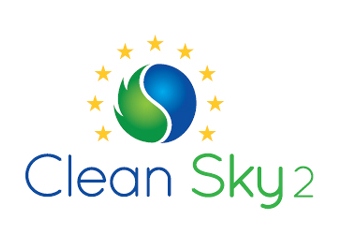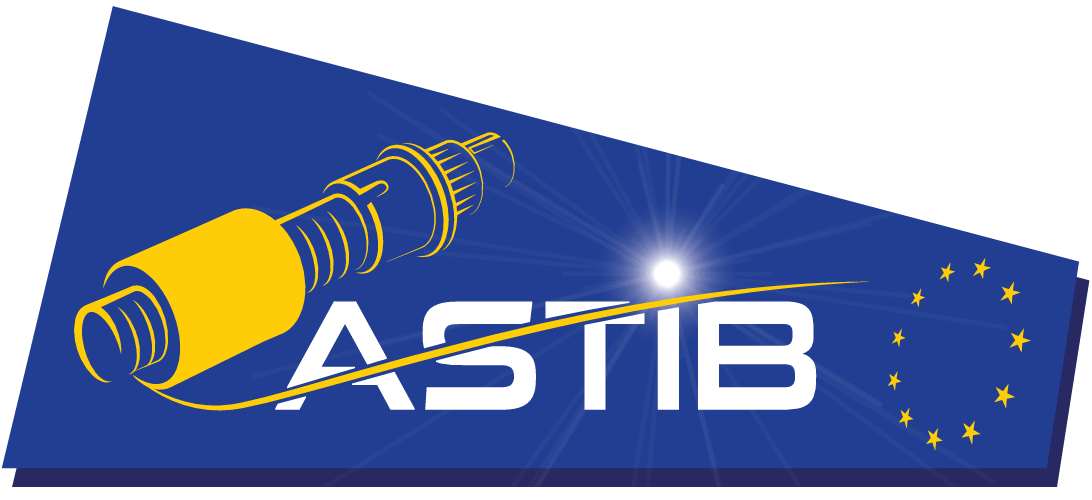
- Proposal
State of the Art - Background Objectives Description of Work Activities Expected results - Achieved results
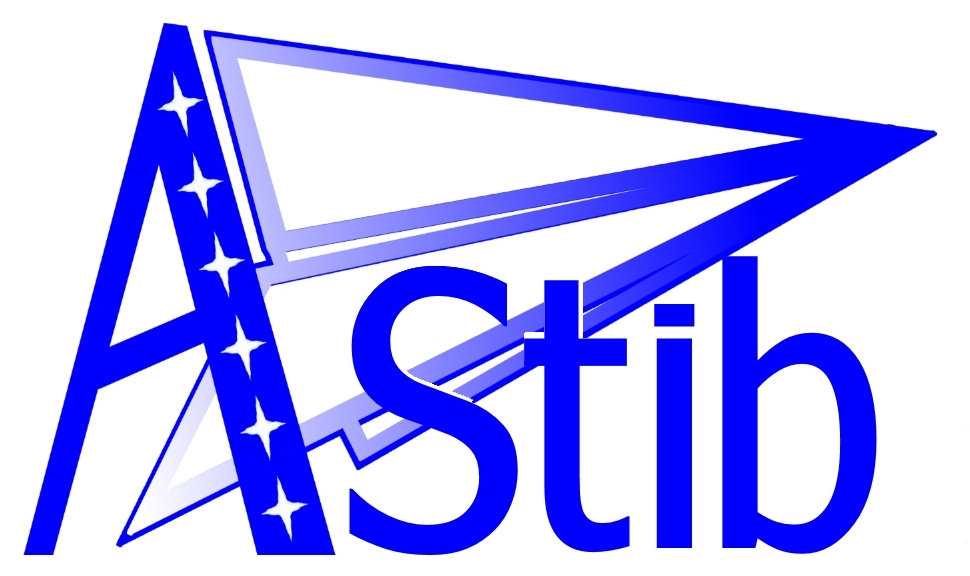
Description of Work
The research work originally defined by the call for core-partner will be split in three main frames:
- Advanced Systems Technologies
- Regional Iron Bird
- Health monitoring integrated platform
Research frame #1: Advanced Systems Technologies
The main activities addressed in this research frame are focused in the study, design and development of:
- Innovative Electromechanical actuation system for FCS
- Fully electrical landing gear for weight saving, noise reduction and further benefits in terms of hydraulic removal and maintenance
In order to increase the power density of the EMA and the max operating temperature of both EMA and ECU, ASTIB will assess the introduction of new technologies such as:
- High flux magnetic materials for the electric motors
- Low loss nonmagnetic materials for the electric motor laminations
- Nanofilled resins to facilitate the heat flow from the motor stator/electronic boards to dissipation surfaces and increase the resistance to electric spikes
- Electric wire with improved isolation resistance and higher operating temperatures
- Less viscous lubricants at low temperatures
- Position and load sensor of new generation, smaller and lighter than current ones
- SiC components for the electronics
- Fast mechanical disconnection of the EMA in case of jamming
- Alternative geared transmission (e.g. Magnetic gears and Harmonic Drive)
- Optical fibres instead of electric wires for signal transmission
Prototypes of the developed technologies fully representative in terms of weight, inertia, form and fit will be manufactured and integrated on the Iron Bird
Research frame #2: Regional Iron Bird
The iron bird, outlined in figure, will be used to verify and validate the functionality and performances of significant equipment of the flight control system, of the landing gear and of electrical equipment and their integration with other systems (e.g. power system); it will be developed for permitting verification of this equipment under simulated failure conditions, thereby supporting the aircraft integration and certification process.
The concept schematic highlights modules and units composing the test rig while the legend provide information concerning the responsibility of the different units development.
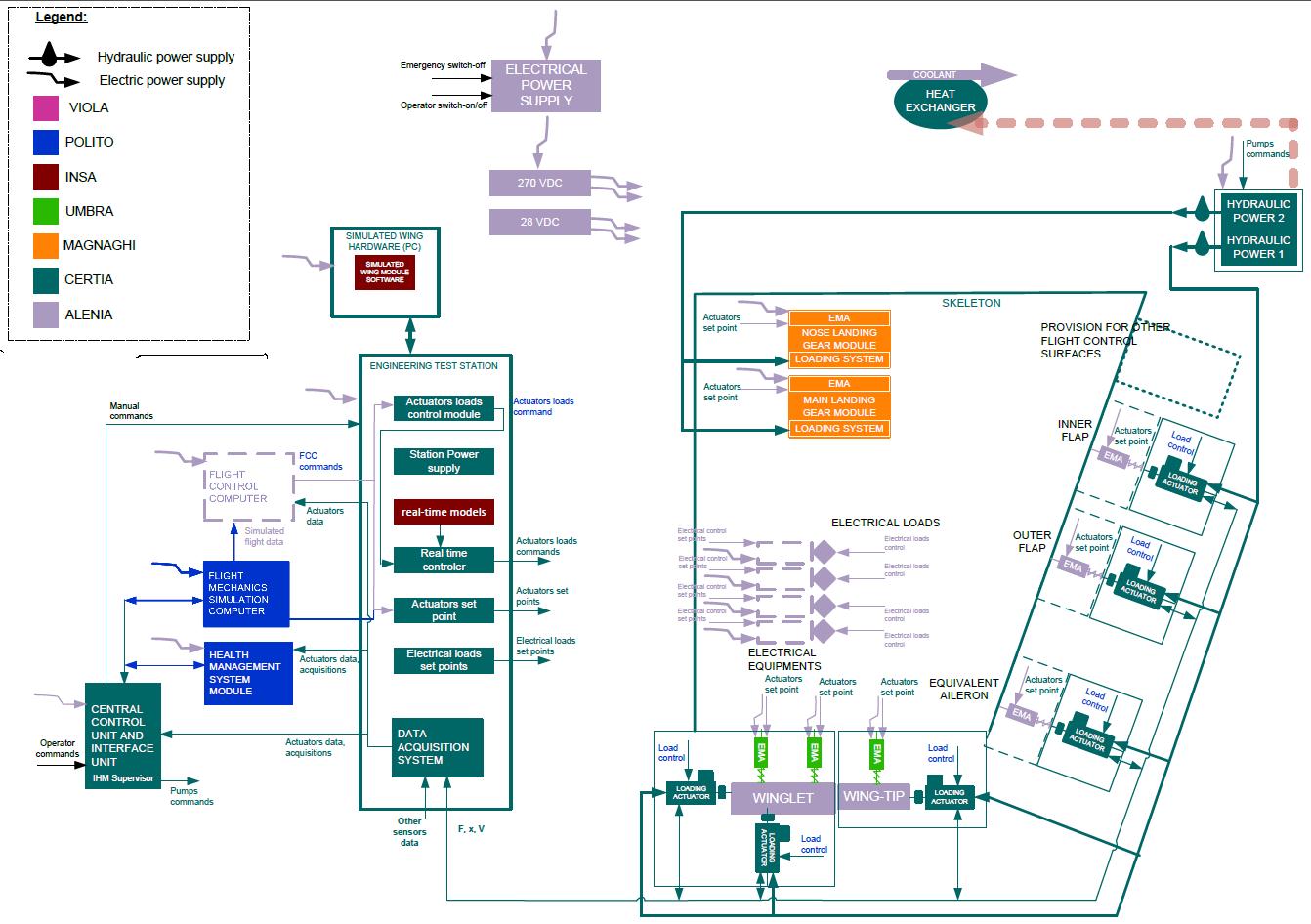
Research frame #3: Health monitoring integrated platform
ASTIB will contribute to the development of a health monitoring platform and to its validation
The goal is an advanced integrated reasoning toolset that incorporates justified levels of automated fault accommodation based on prognostic information for enhanced vehicle safety and decision support.
The development of a health monitoring platform for the air vehicle will be based on the conceptual framework shown in figure.
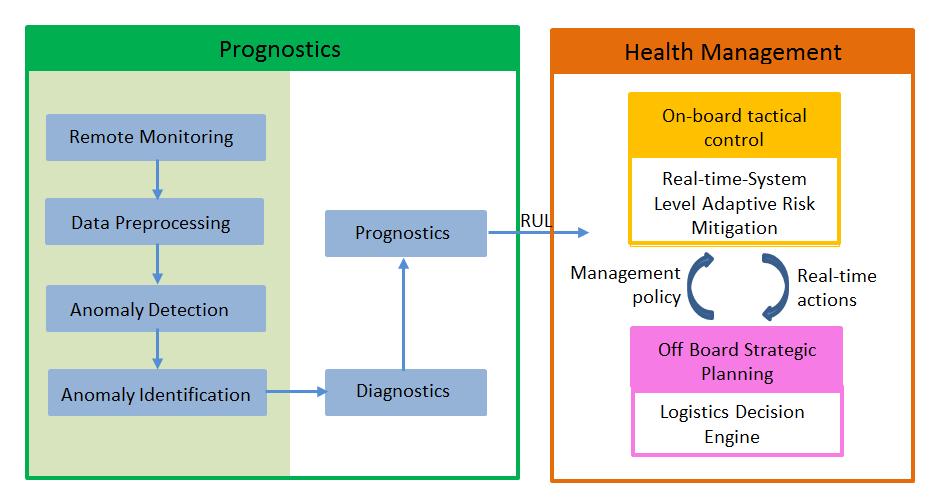
The health of the system is monitored continuously with sensor systems. Data are collected and analyzed. The first step in the analysis consists of pre-processing the collected data where outliers are removed, transformations are performed (if needed), gaps in the data are addressed, etc.
The data are then used within a diagnostic algorithm; anomalies are reported when there is a change from a healthy state, then the root-cause of the anomaly is identified. A prognostic algorithm is then used to predict how much remaining life the component/system has.
The remaining useful life (RUL) estimate can be used for onboard tactical control or off-board strategic planning. The RUL provides the decision maker with the lead time to manage the health of the system and take the appropriate action prior to the failure.
